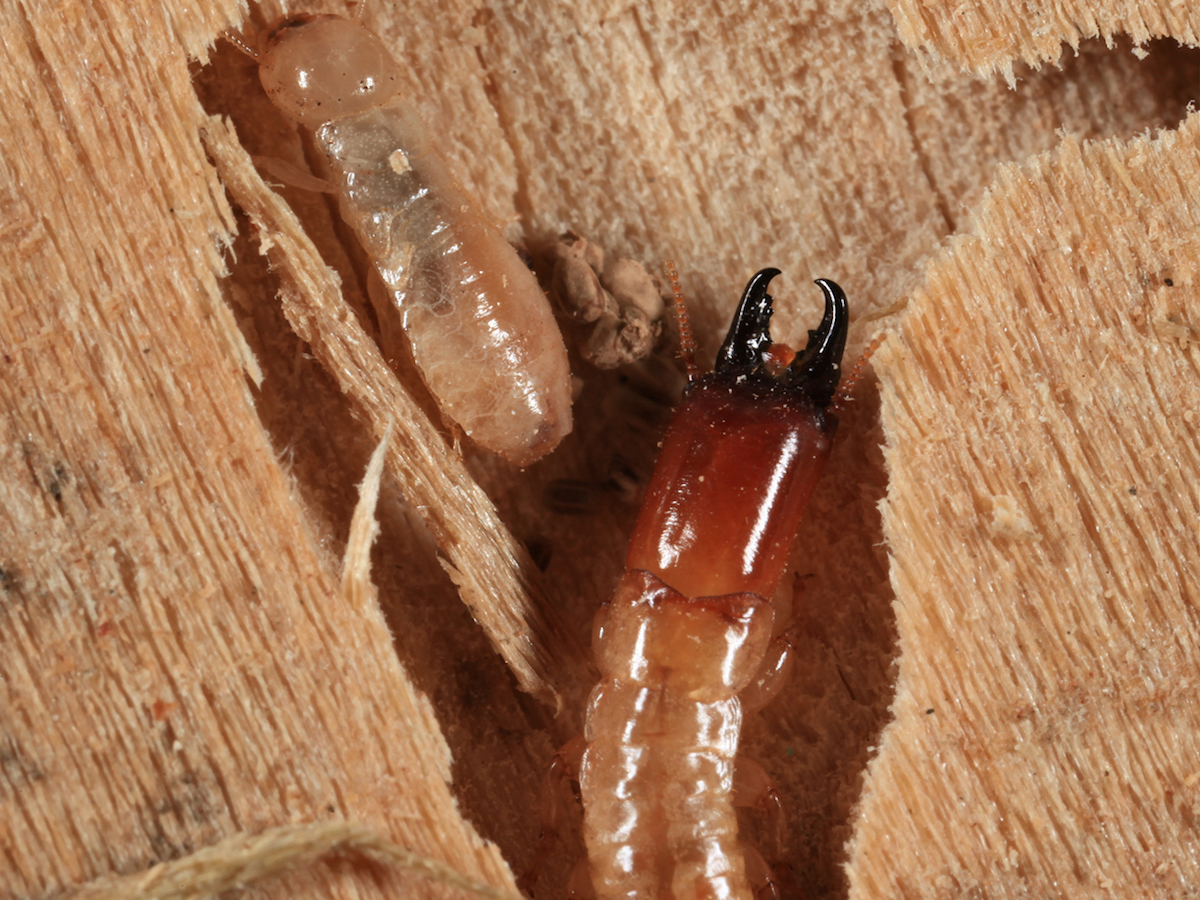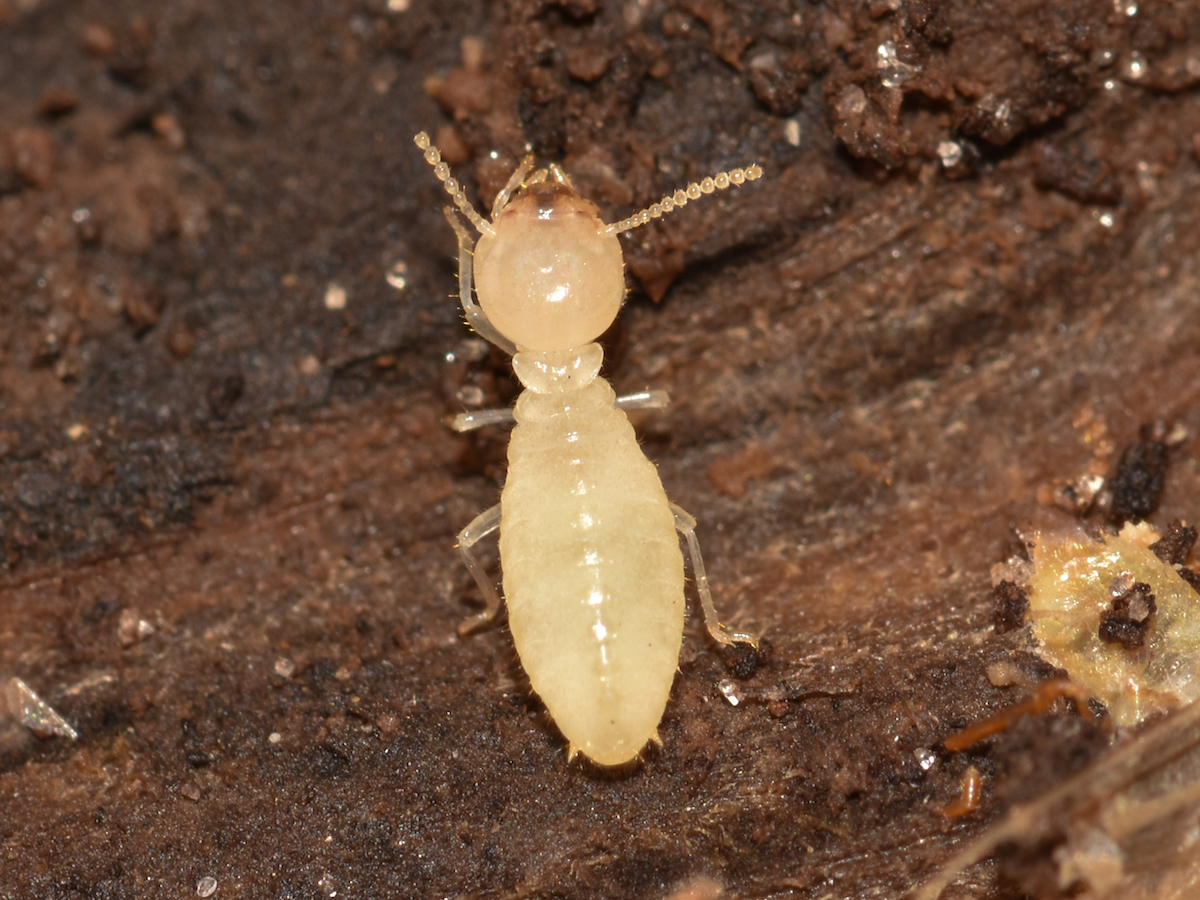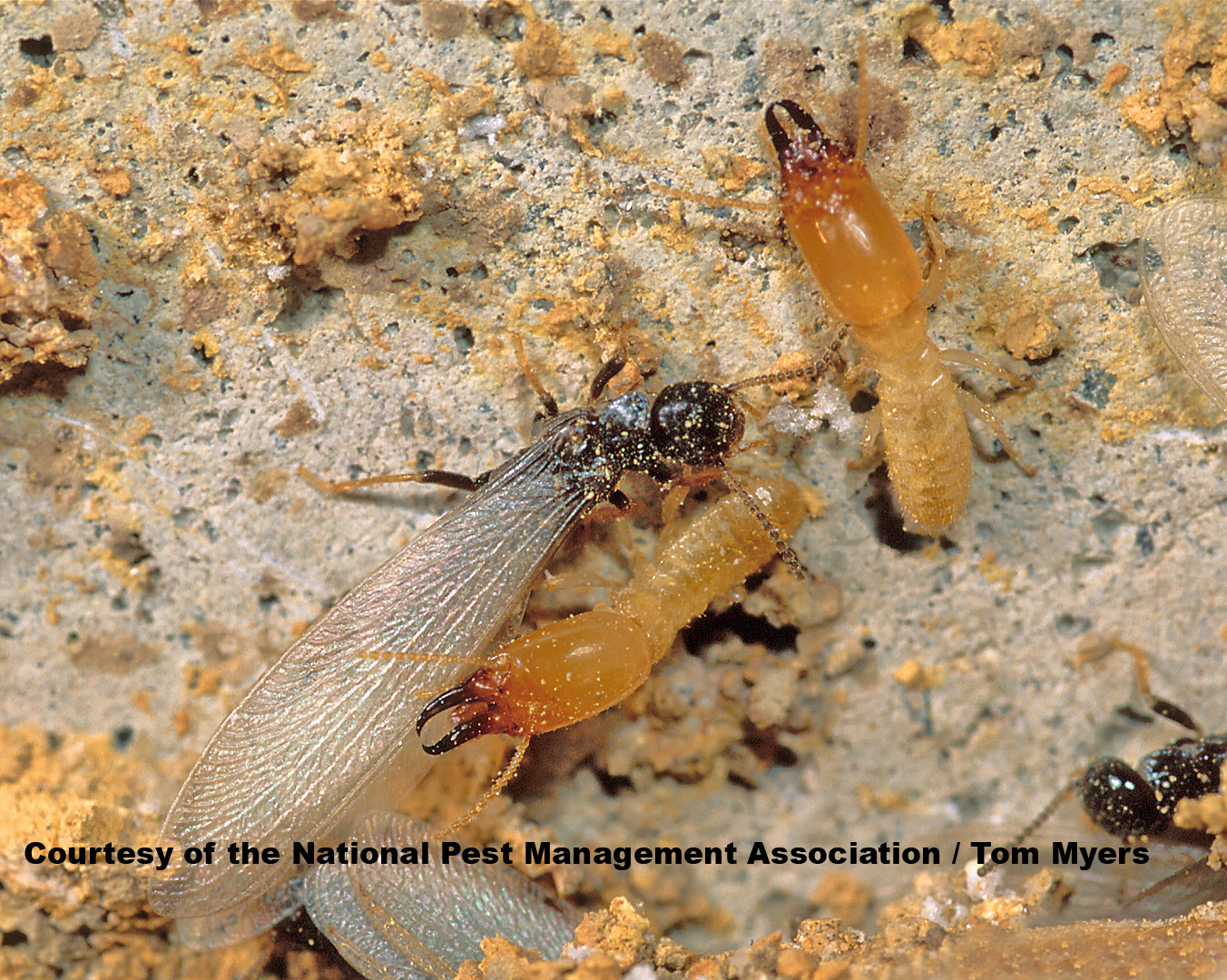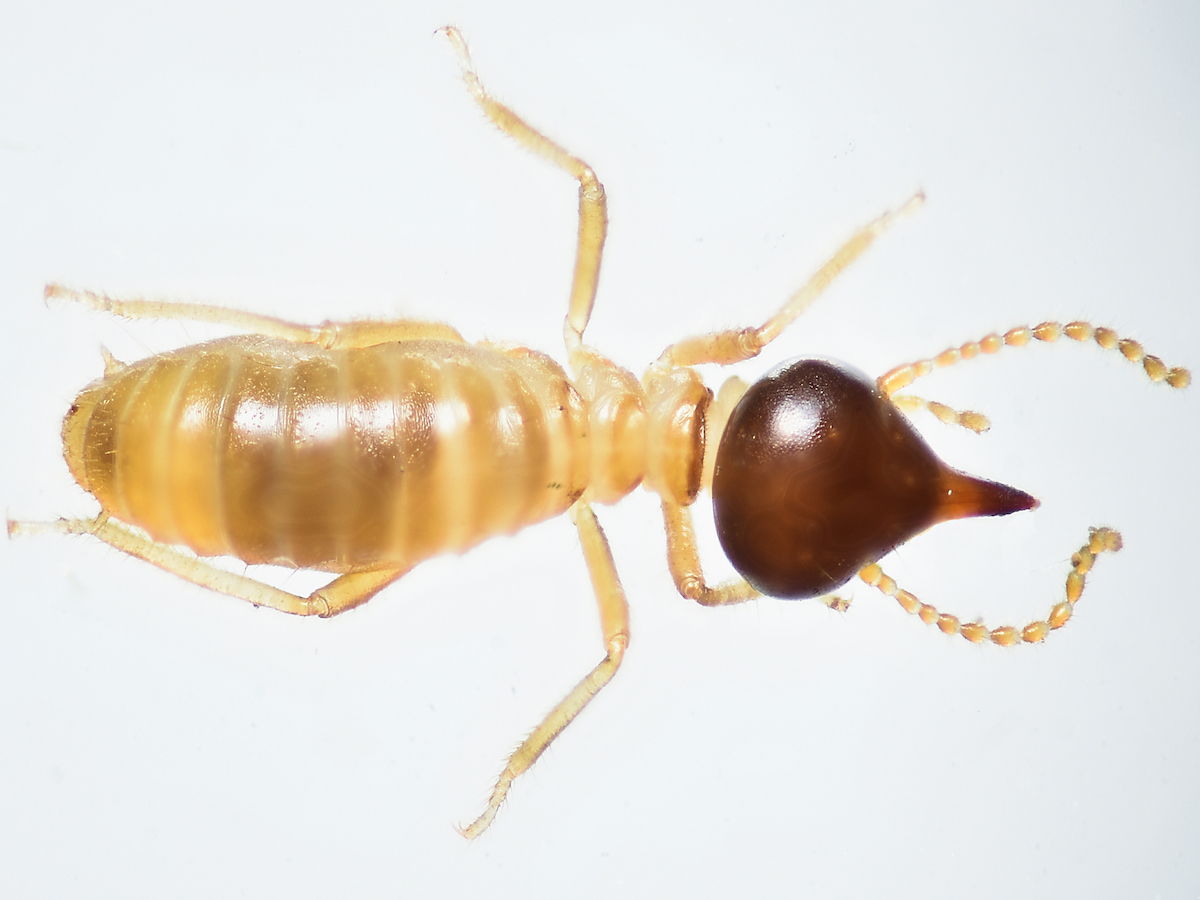Drywood Termites Family Kalotermitidae

Identification
Color: Creamy white to light brown
Size: 3/8 to 1 inch long
Legs: 6
Antennae: Yes
Shape: Long, narrow and oval
Region: Primarily found coastally from South Carolina westward to Texas and up the west coast of California
What are Drywood Termites?
Drywood termites are a termite species known for thriving in hard, dry wood found inside a home. This includes structural timbers as well as furniture, picture frames and banisters. They do not make colonies under the soil - instead, they make their way into the wood and are able to extract necessary water from the wood they ingest.
Drywood termites are commonly found on the West Coast, Florida and Hawaii, but they can extend east to Texas and the Carolinas. This pest can cause just as much damage as other termite species, and if you suspect an infestation, you should seek drywood termite treatment before too much damage has been done.

What Do Drywood Termites Look Like?
The size of drywood termites range, depending on their age, from 1/4 inch to 1 inch long. Adult drywood termites have a thicker, oval-shaped waist, short legs and straight antennae with equal length wings. They are usually cream-white to light brown in color and have six legs.
Drywood termites form colonies of up to 2,500 members. Unlike subterranean termite species, drywood termite colonies do not have a worker caste, as the work is done by immature termites before they reach adulthood. You may see drywood termite swarmers on sunny, warm days after a sudden rise in temperature.
Drywood termites infest dry wood, like that found in attic framings. They can be transported to new locations via an infested piece of furniture, a picture frame, etc. Drywood termite swarmers can also extend infestations to new locations.
Threats
Drywood termites can chew through almost anything made of cellulose, including support beams, floors and walls, causing expensive home repairs. In fact, drywood termites and other termite species cause a collective $6.8 billion in property damage each year – a cost typically not covered by homeowners’ insurance.
Because they live in the wood they excavate, it can be difficult to identify when drywood termite treatment is necessary. Swarms of termites or discarded wings are a common sign of an infestation, especially near light sources. Drywood termite droppings are another telltale sign. Drywood termite droppings look like small mounds of tiny pellets that are also called frass.
Drywood termites form new colonies by gaining access to wood through small holes or crevices. To prevent needing a drywood termite treatment, you should seal all cracks and crevices in a structure. Early detection can also save you a lot of headaches, so be sure to look out for drywood termite droppings and discarded wings.
Because this pest can quickly overtake your home, it’s important to act fast if an infestation is suspected. To proactively prevent these devastating pests, schedule annual professional termite inspections for your home.
If you suspect an infestation, contact a licensed pest control professional to determine the extent of the problem and develop an appropriate drywood termite treatment plan. You can find one with the helpful zip code search below.




